Rachel Yezbick
Cover Me
March 17 – May 5, 2018
Press Release | ART AND CAKE | KubaParis | Tzvetnik | OtherPlaces
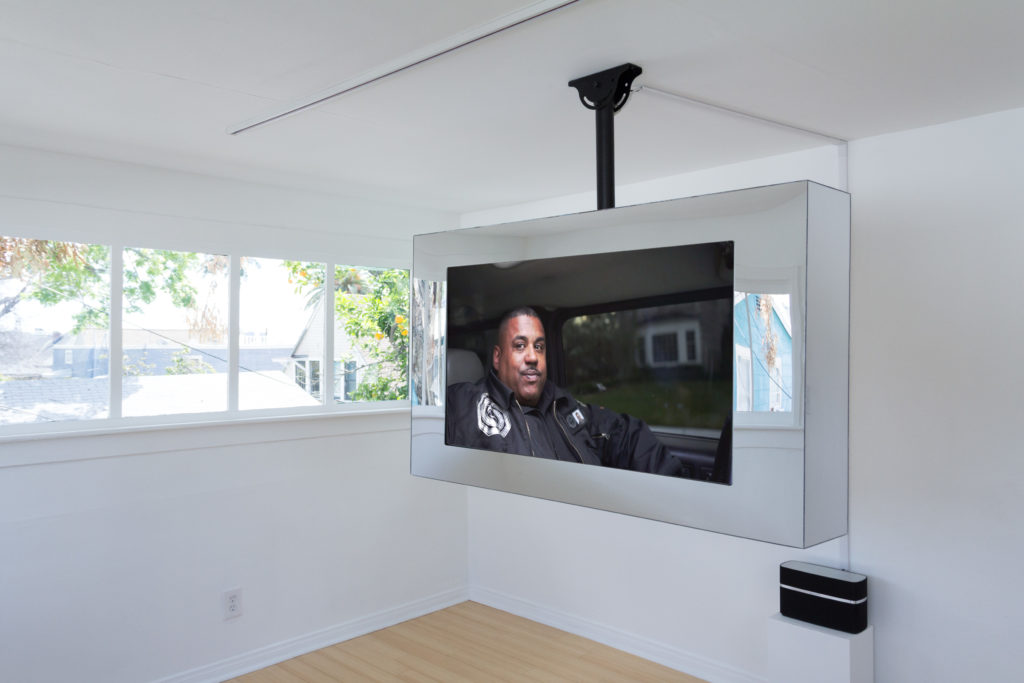
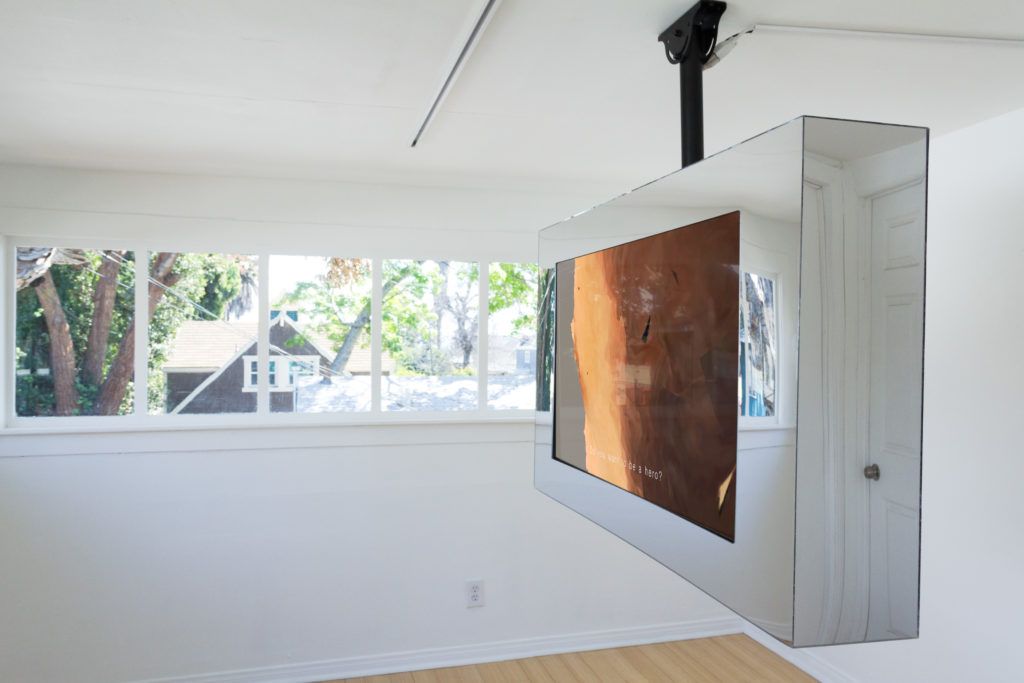
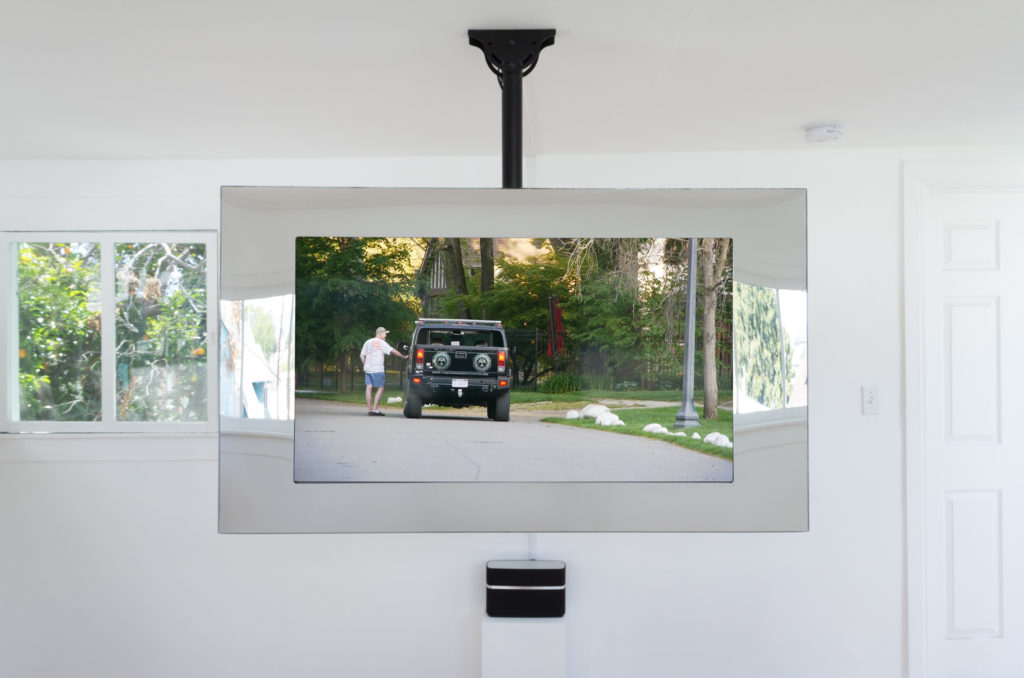


Excerpt from Epicurus’ Conundrum, 2018
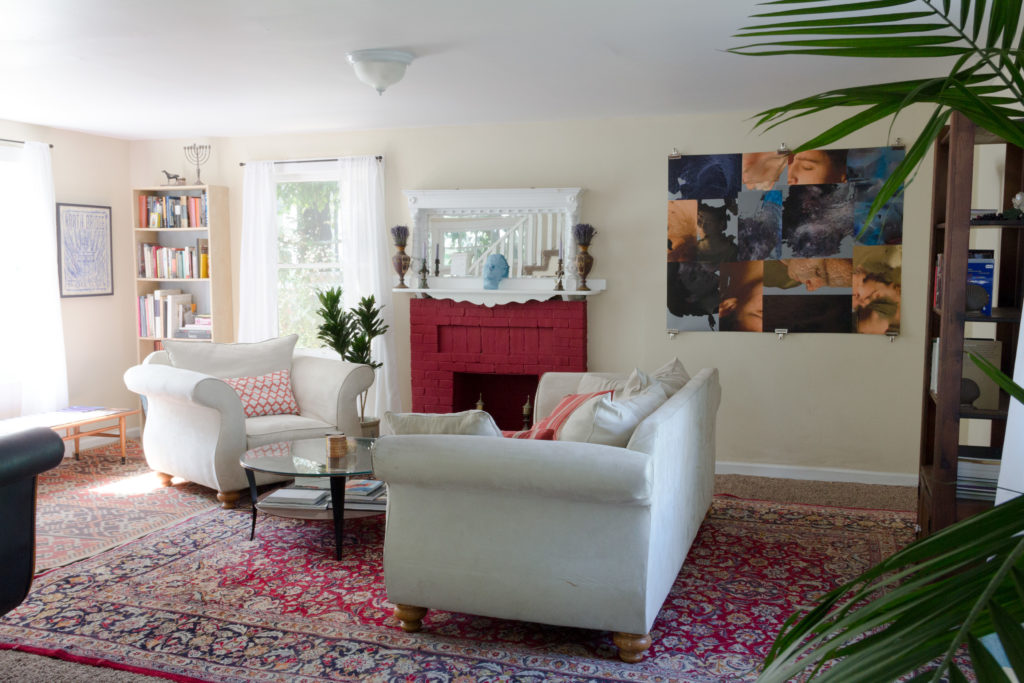
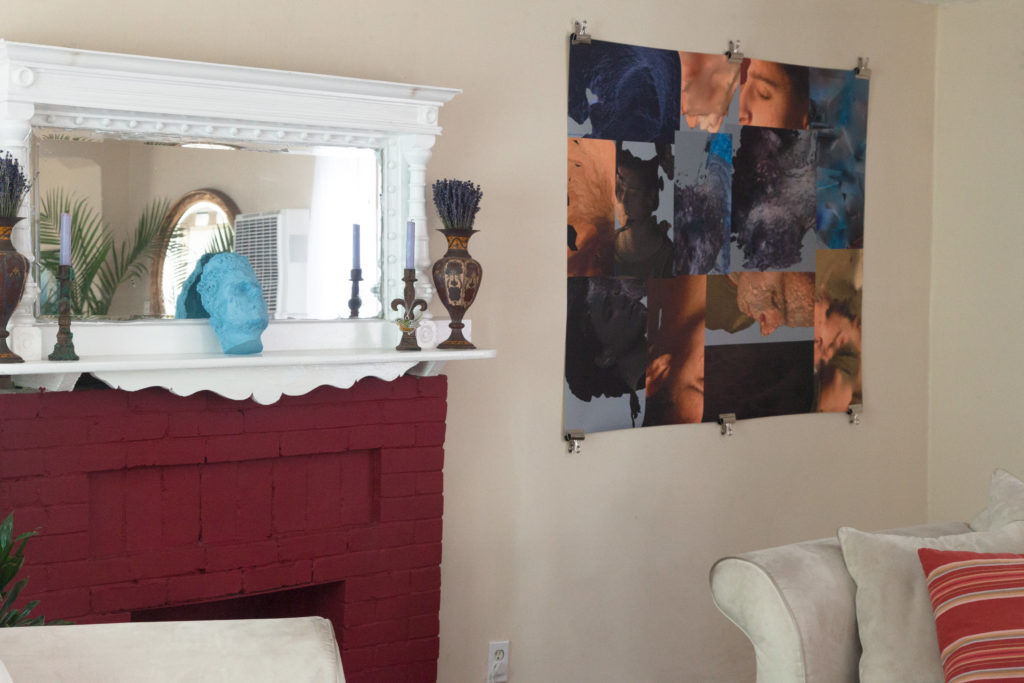
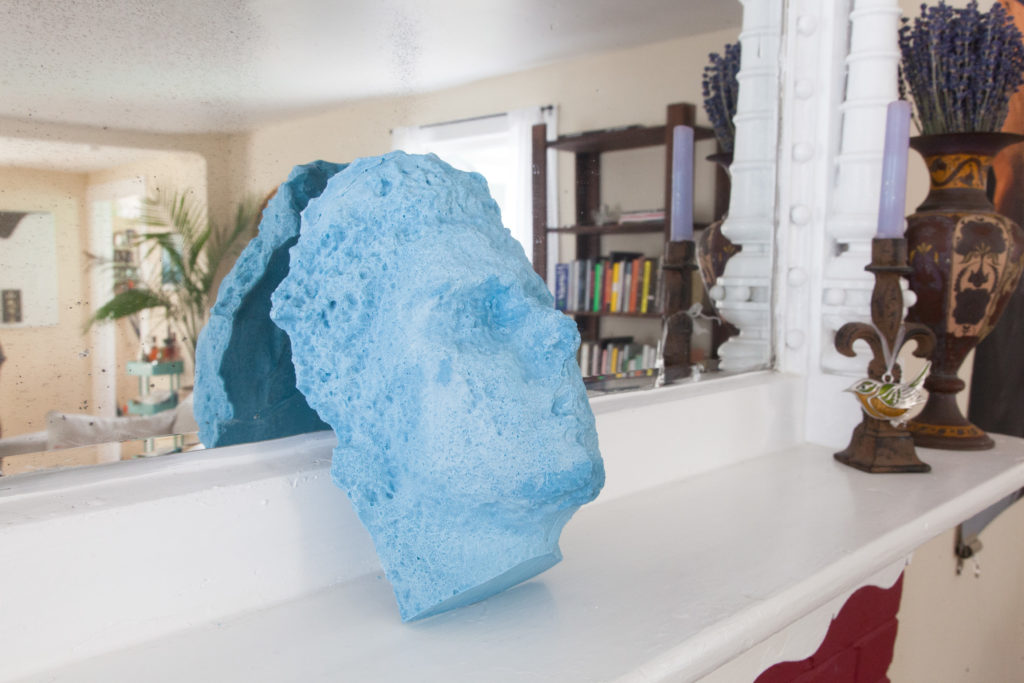


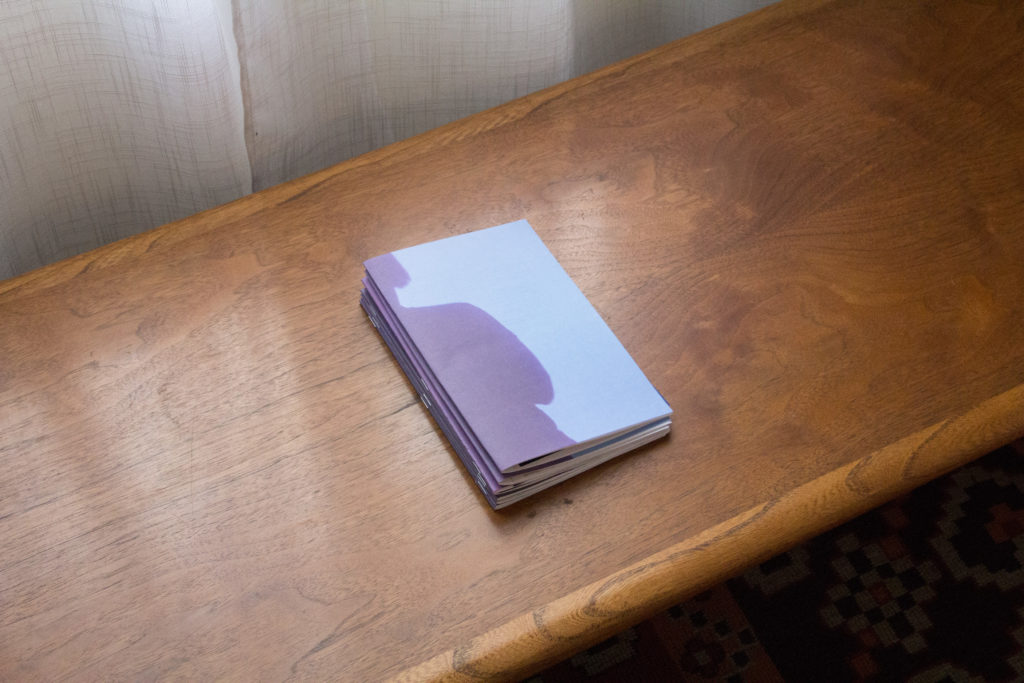
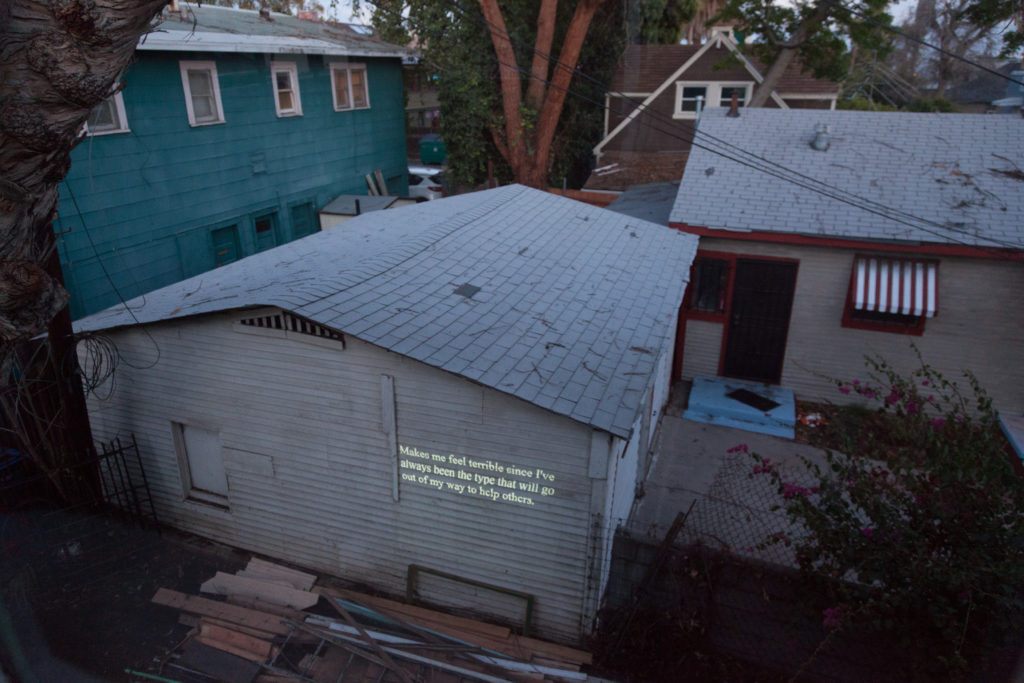
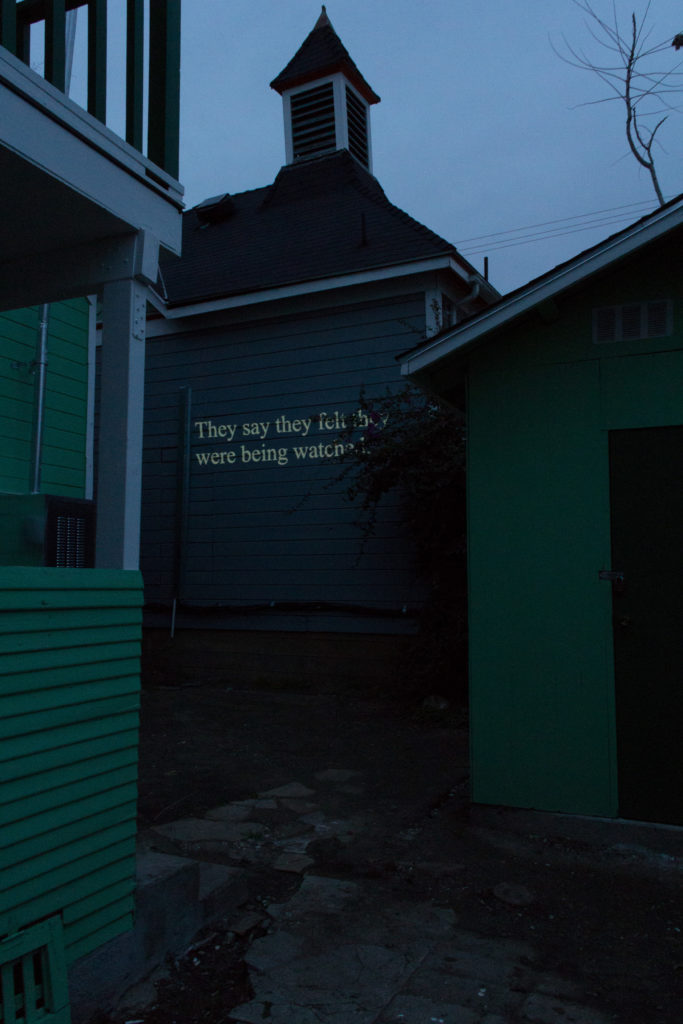
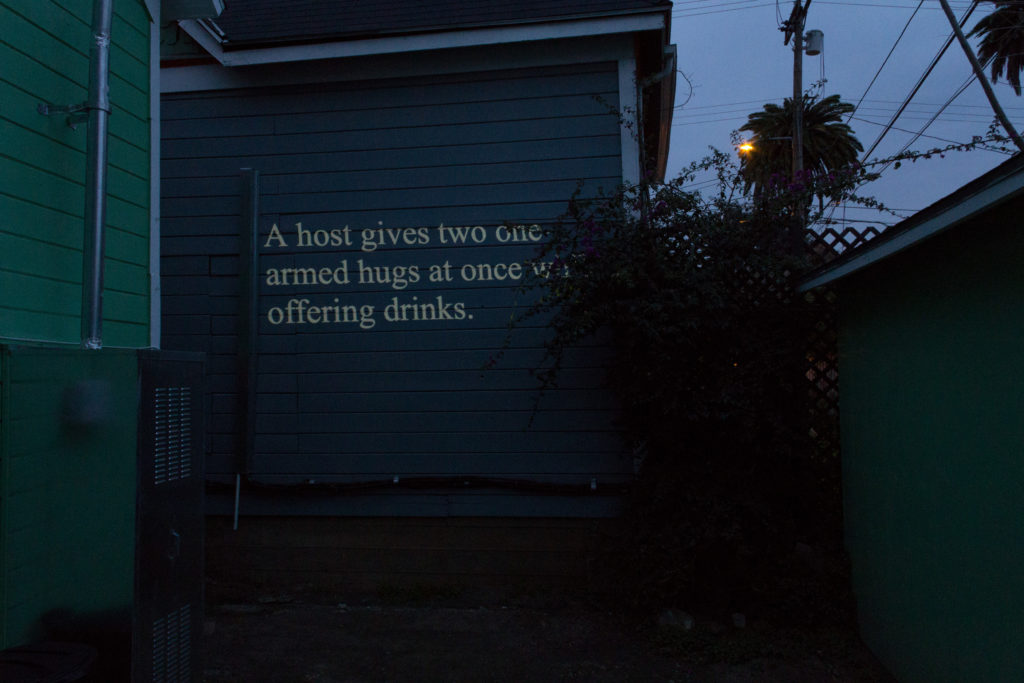
Garden presents Cover Me, Rachel Yezbick’s first solo exhibition in the United States. Working primarily in video and performance, Yezbick investigates digital surveillance, group identity, and contemporary morals in the face of decentralized global conflict.
Yezbick delves into these themes starting with the central work, Epicurus’ Conundrum, a 45-minute video whose main subject, Dale Brown, is owner and commander of Detroit Threat Management Center. Brown and his private security firm patrol the neighborhood of Yezbick’s childhood where her parents still live. Threat Management Center adopts intimidating paramilitary aesthetics to deter crime and employs de-escalation tactics and defensive martial arts to “deter, detect and defend corporations and communities from both internal and external threats.”1
The video is organized around a dialogue between Yezbick and Brown recorded in Brown’s tactical Hummer during a neighborhood surveillance ride-along. Echoing the form of a Socratic dialogue, the conversation veers from family and regional histories to religious practices, the root of evil, moral beliefs, and understandings of human nature. Interspersed are shots of found footage including base jumping and protests, along with Brown’s own footage of patrolling, officer training, and victim testimonials. Also included are 3D renders of a bust of the artist and the exterior of Garden produced using photogrammetry (a military, forensic, and video game photo mapping technology). The video is housed in a minimal mirrored box, which alone commands the upstairs gallery. During the day, the neighborhood outside is reflected in the mirror while at night, the LED screen itself reflects and multiplies in the windows circling the gallery – holographs floating above the houses outside.
From there, Cover Me expands downstairs into the living room. On the wall is a large digital collage of photogrammetry scans of Yezbick; on the mantle sits a bright blue cast of her rendered and distorted head. During the opening, a performer sits typing at their laptop, describing the scene and reporting on the actions of visitors who enter the room. Their typed observations are projected live on the back of a house next door while across the yard another projection plays text from the crime and safety section of the mobile app NextDoor.
Yezbick is fundamentally interested in the device of the dyad – in her practice, this manifests as a two-person social unit consisting of herself and a subject. Throughout her video and performance work, the viewer is invited to observe and investigate the artist and subject through the collision of their worldviews and the resultant conversation and exchange. In Cover Me, the dyad splits again as the questioner (Yezbick) and interlocutor (Brown) consider the classic dichotomy of the potential for good and evil within the individual. Throughout the exhibition, bodies, personas, and screens are doubled, mirrored, rendered, recorded, and projected. Yezbick explores this landscape of images from a socio-historical perspective that acknowledges racism, sexism and structural inequality. Contemporary surveillance technology produces more digital images of each body than can ever be processed while late-capitalist paranoia breaks subjects into infinite identities and desiring machines. Cover Me operates within this internal and external hall of mirrors, watching our identities-turned-poor-images accelerate and shatter only to be entangled in ever more complex networks.
1 http://www.threatmanagementcenter.com/history.htm
Rachel Yezbick (b. 1985, Ann Arbor) received her MFA from the California Institute of the Arts after attending Michigan State University’s Ph.D. program in Cultural Anthropology. She was published by Wayne State University Press in the edited volume Arab Detroit 9/11: Life in the Terror Decade, and has since been exploring the connections between anthropology and her art practice. She has lived and conducted research in Glasgow, Scotland; Dhaka, Bangladesh; Bamako, Mali; Detroit, Michigan; and Los Angeles, California, collaborating with war reenactors, militarized security personnel, street buskers, and panhandlers. Yezbick’s work has been exhibited in solo exhibitions at New City Space, Glasgow and Studio 41, Glasgow and in group exhibitions at REDCAT, Los Angeles; The N’Namdi Center for Contemporary Art, Detroit; and Printed Matter, New York. She currently lives and works in Los Angeles.
Art production and collaboration by Cedric Tai.
A special thanks to Dale Brown and Mirela Mešinović-Brown for their openness and willingness to share their life’s work through this project.